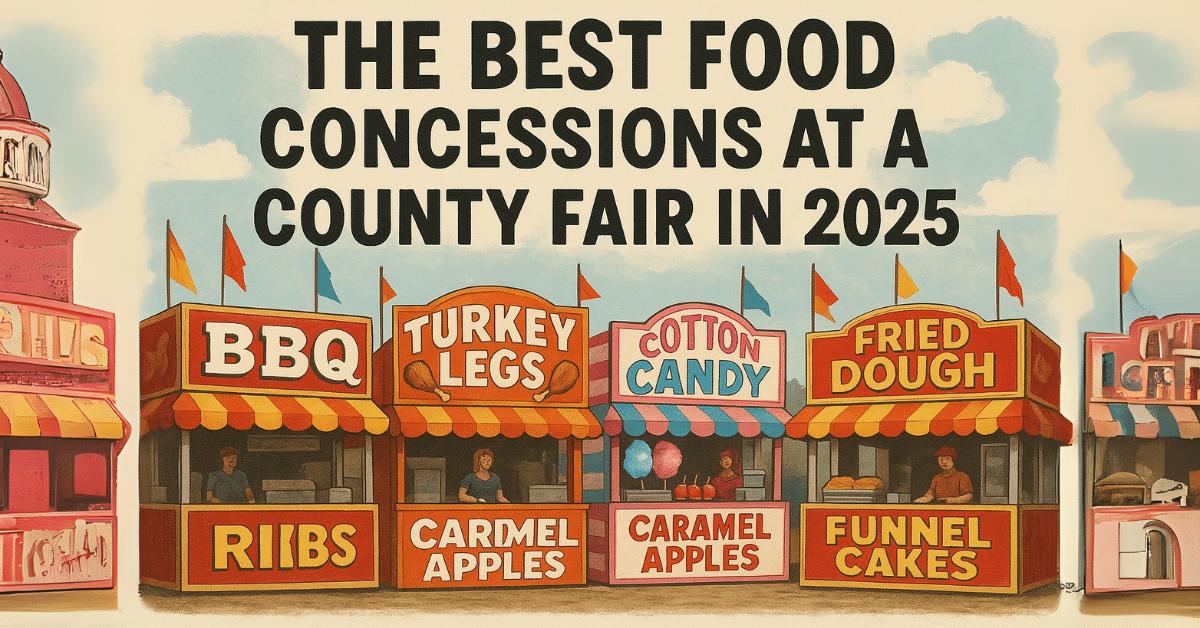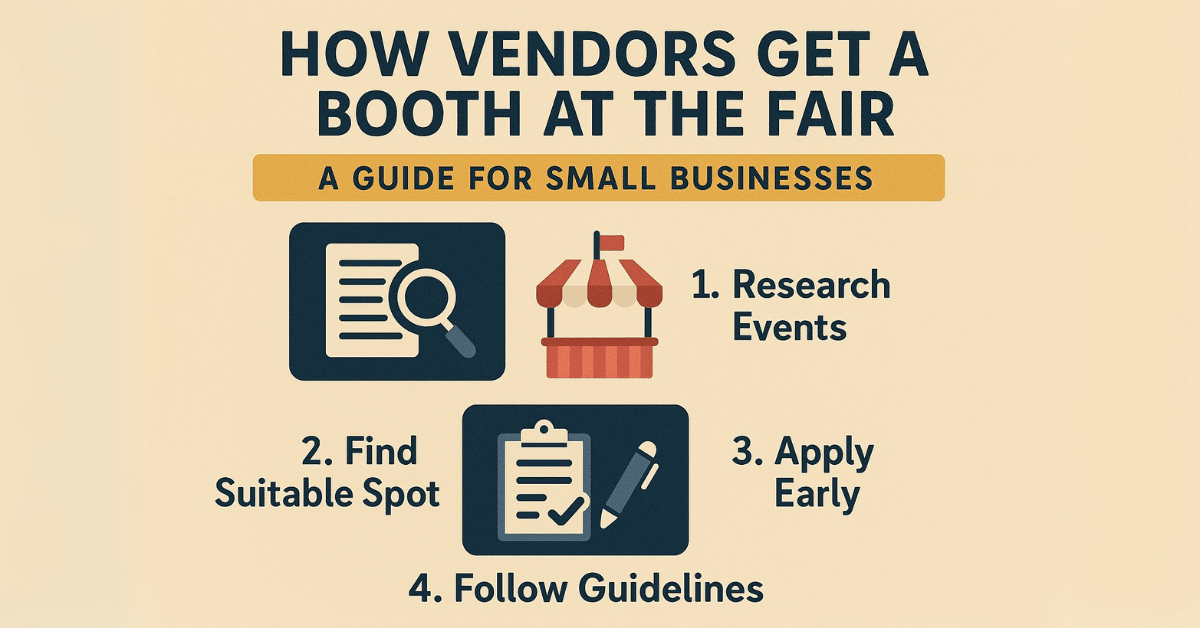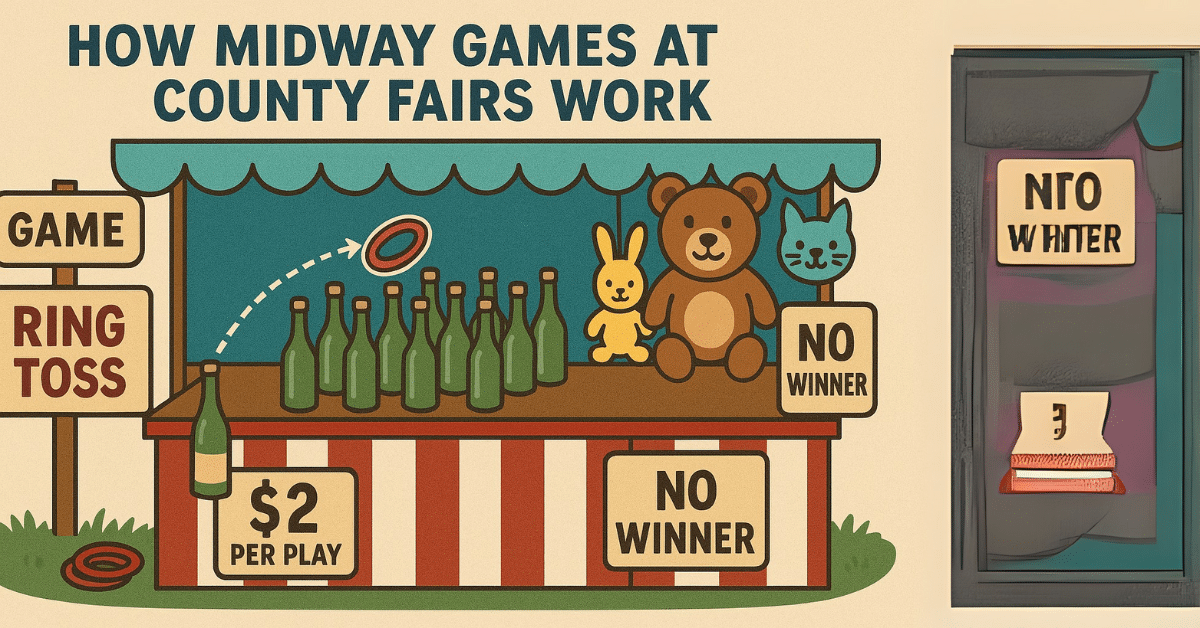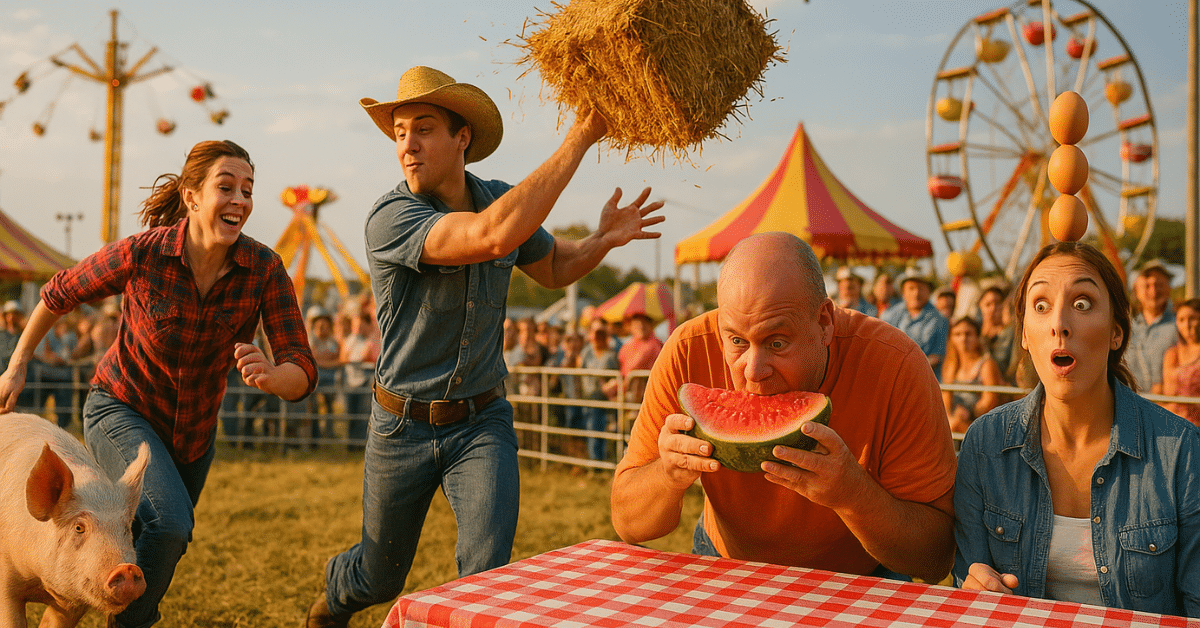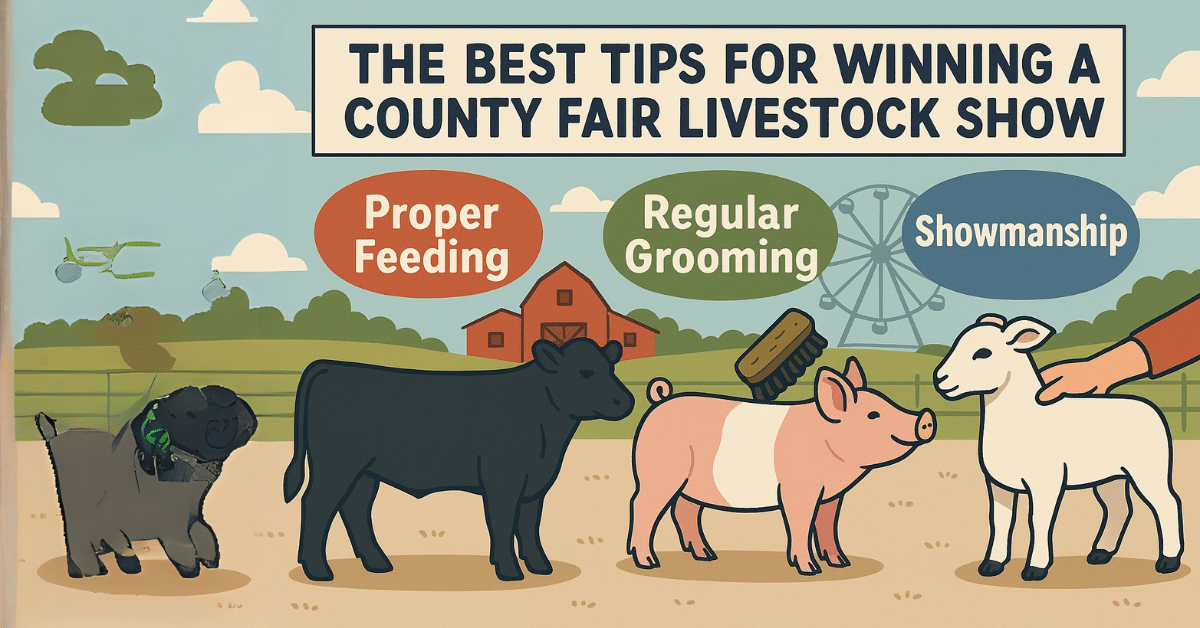The History Behind Funnel Cakes and Other Classic Fair Treats
Few experiences capture the spirit of summer like the smell of sweet fried dough wafting through the air at a bustling state fair. These annual gatherings are more than just carnival rides and livestock competitions; they're a culinary playground where treats like funnel cakes, corn dogs, and candy apples have become synonymous with fun and indulgence. Funnel Cakes and Other Classic Fair Treats But these iconic snacks didn’t just appear overnight. Their stories span centuries, continents, and cultural shifts. From old-world traditions brought to America by immigrants to quirky inventions at 20th-century expos, each treat has a tale to tell. Funnel Cakes: A Sweet Tradition with Deep Roots From Medieval Europe to the American Fairground While funnel cakes feel uniquely American, their roots trace back to medieval Europe, particularly among German-speaking populations. The treat as we know it evolved from a dish called “Drechterkuche” a kind of fried batter cake made by Pennsylvania Dutch settlers in the 17th and 18th centuries. The name “funnel cake” comes from the method of preparation. Batter is poured through a funnel into hot oil, forming lacy, crispy spirals that are dusted with powdered sugar. How They Gained Popularity Funnel cakes became widely popular at American fairs in the mid-20th century. Their affordability, ease of preparation, and crowd-pleasing nature made them a staple at community events and agricultural shows. Modern variations now include: Toppings like chocolate syrup, whipped cream, and fresh fruit Savory spins with cheese or spicy flavors Instagram-worthy versions from food trucks and pop-up vendors The Origins of Other Classic Fair Treats Funnel cakes might take center stage, but they’re just one act in the larger performance of fairground snacks. Here’s a look at the histories behind other well-loved treats. Corn Dogs A hot dog encased in a golden cornmeal batter, served on a stick corn dogs are perhaps the most iconic fair food. The exact origin is debated, but they likely came to prominence in Texas or Minnesota during the 1920s or ’30s. Key milestones: Credited by some to the 1942 Texas State Fair Early versions were made using sausage instead of hot dogs Portable and mess-free, ideal for strolling through crowds Cotton Candy This sugary fluff was once a novelty. Originally called “Fairy Floss,” it was invented in 1897 by dentist William Morrison and confectioner John C. Wharton. Notable facts: Debuted at the 1904 World’s Fair in St. Louis, selling over 68,000 boxes Early machines were crank-operated and prone to malfunction Today’s versions come in rainbow colors and [...]



